Virtual Relevance in Education
I was truly delighted while playing the AR game Pokémon Go! {https://www.pokemongo.com/} with my youngest, and I have an adult child working in the online gaming industry, yet the potential of augmented and virtual realities didn’t truly resonate with me until I finally read 2011’s Ready Player One {https://www.nytimes.com/2011/08/15/books/ready-player-one-by-ernest-cline-review.html} by super trivia researcher/author Ernest Cline.
Clearly written from the angle of a screenplay, this conjurer of 80’s trivia and nostalgia equally provoked a straight shot to envisioning a sci-fi future in which I could relate. I say I, as in I the Educator, eager to hook students into play-based and fun learning challenges.
We know when our students are happy yet providing a challenge at just the right level is a whole ‘nother area of expertise. Apparently, the sweet spot is to make the game or learning experience 83% challenging {https://books.google.com/books?id=wapFAwAAQBAJ&pg=PA42&lpg=PA42&dq=video+games+83%25+challenging&source=bl&ots=aZWLYinh69&sig=Yef-uqUshJWcb72wGQxw5AW48sQ&hl=en&sa=X&ved=0ahUKEwiwqbHx1YvaAhUF74MKHchVA-8Q6AEIdTAI#v=onepage&q=video%20games%2083%25%20challenging&f=false}. Unscientifically, this falls into the Goldilocks range of not too easy and just difficult enough to make you believe you can do better if you try again.
Synonyms of the word ‘virtual’ are effective, near, essential and practical- words educators tend to use frequently. In Clyne’s novel, when main character Wade enters the OASIS, a virtual world of education and an escape from his dystopian existence of 2045, he brings along experience from his actual reality. The worlds blend into Mixed Reality (MR), with each informing the other.
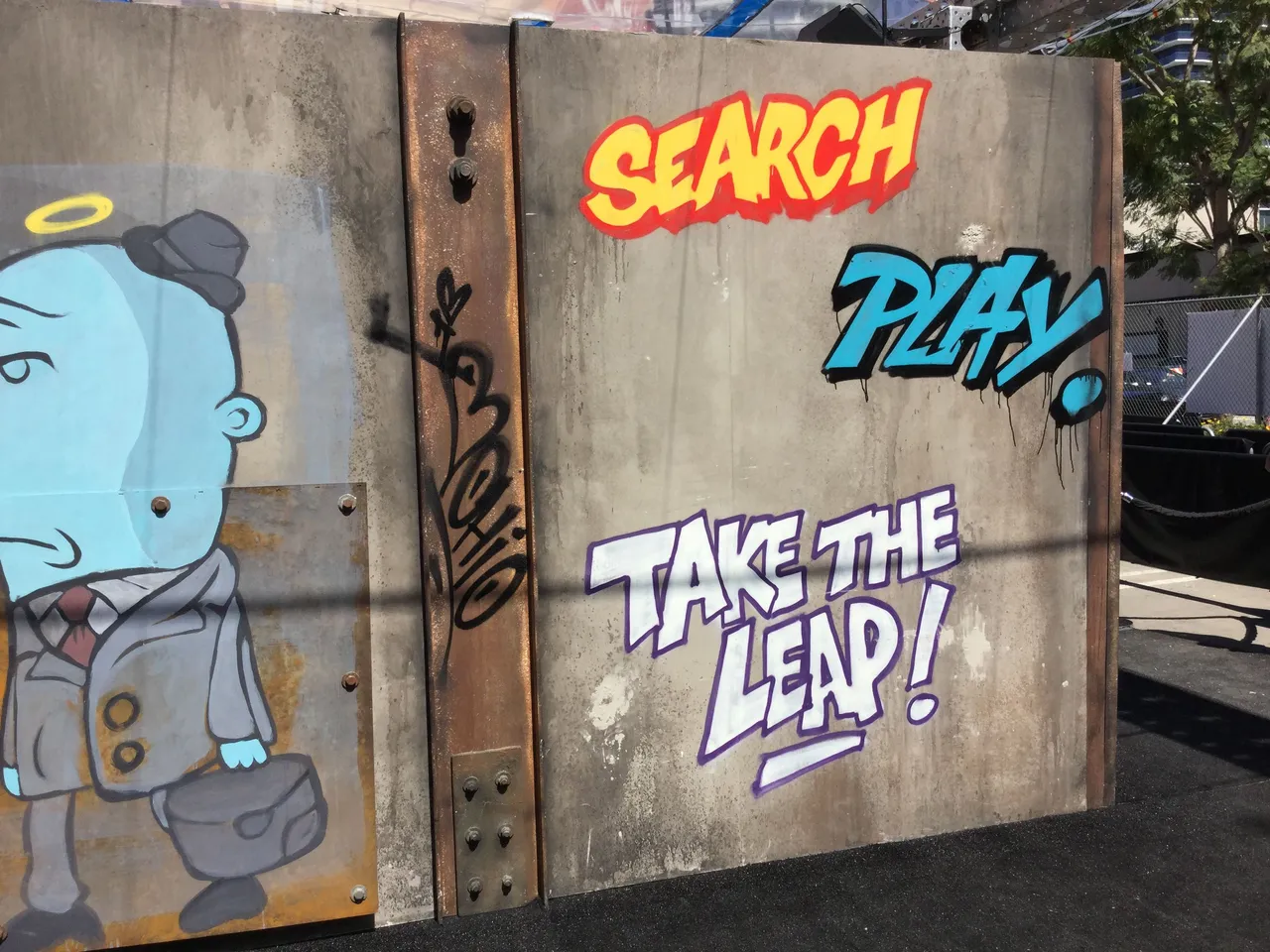
And so I was eager to experience the Ready Player One Challenge in Hollywood {http://www.readyplayeronechallenge.com/} ahead of the Steven Spielberg directed release. Props from the film set were in place, along with actors to lead us through a maze recreating the quest, not too unlike a futuristic-yet-1980s infused Charlie and the Chocolate Factory. Our clues were: 1) Search. 2) Play. 3) Take the Leap. Isn't this the same as what we want for our Design Thinking students? In essence: empathize/define, ideate/prototype, test/get feedback.
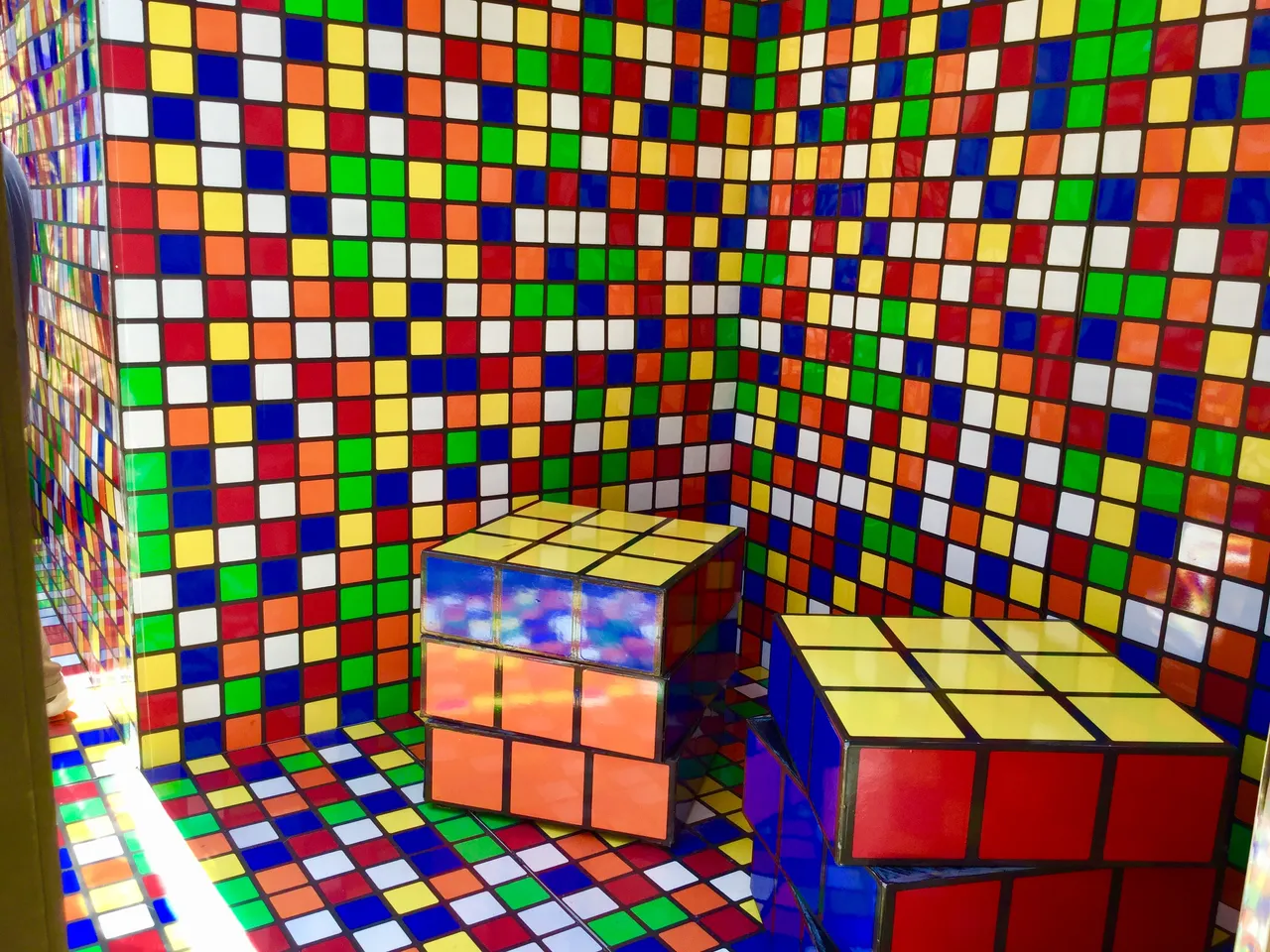
The attention to detail was wonderful, right down to the homemade labels on shelves of VHS tapes. For every clue you found along the way, a costumed actor stamped your wrist to declare your achievement, though we later realized the ink was not only invisible, but most likely a placebo stamp of water to make one feel as though they had ‘virtually’ leveled up; it worked.
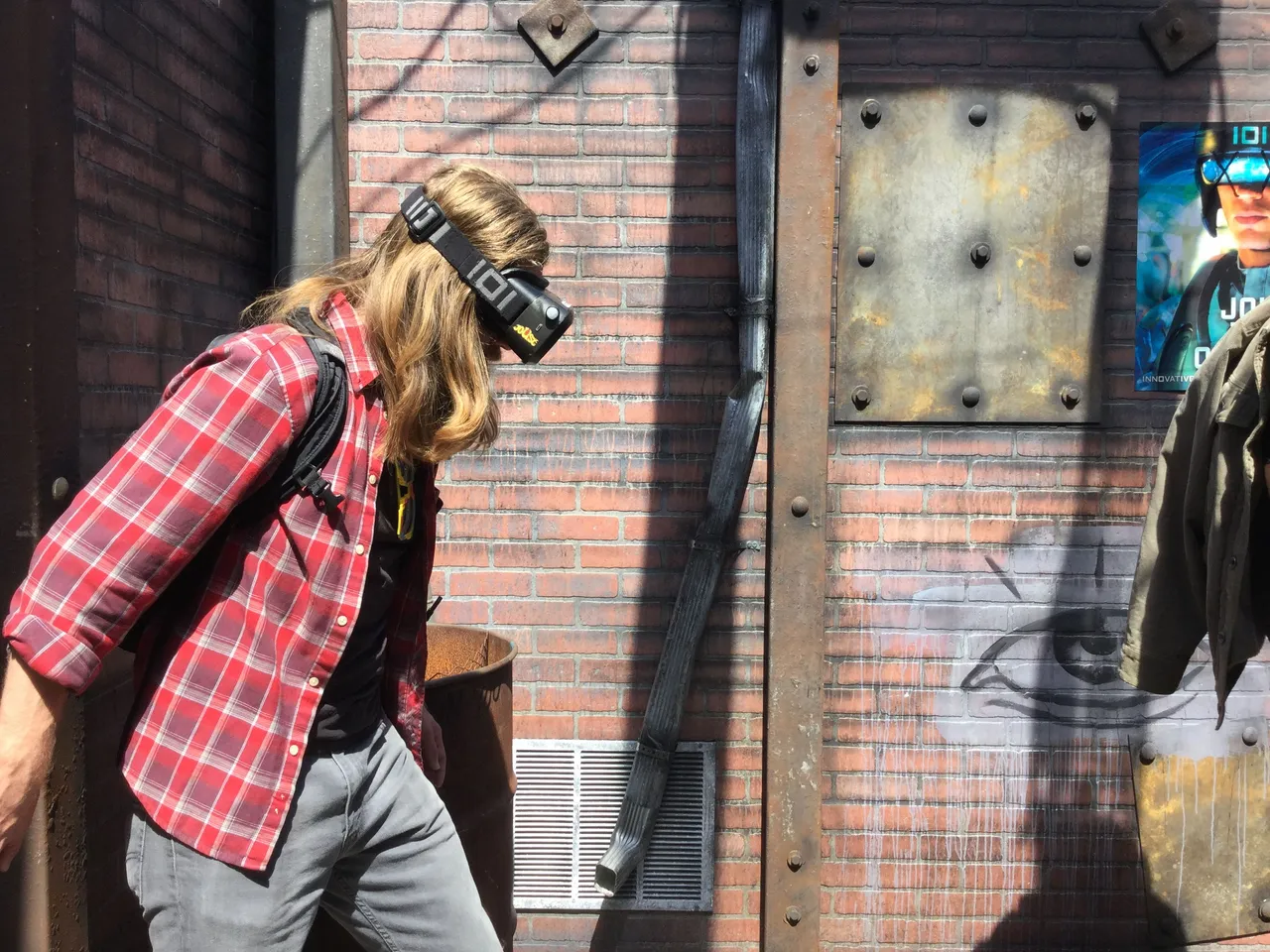
My disappointment came in the realization that virtual reality was not actually part of this theatrical experience, unless you were a hired actor pretending to experience VR. It took me awhile to come to grips with the fact that I honestly appreciated the reality experience despite the lack of preconceived expectation of augmentation or virtualization.
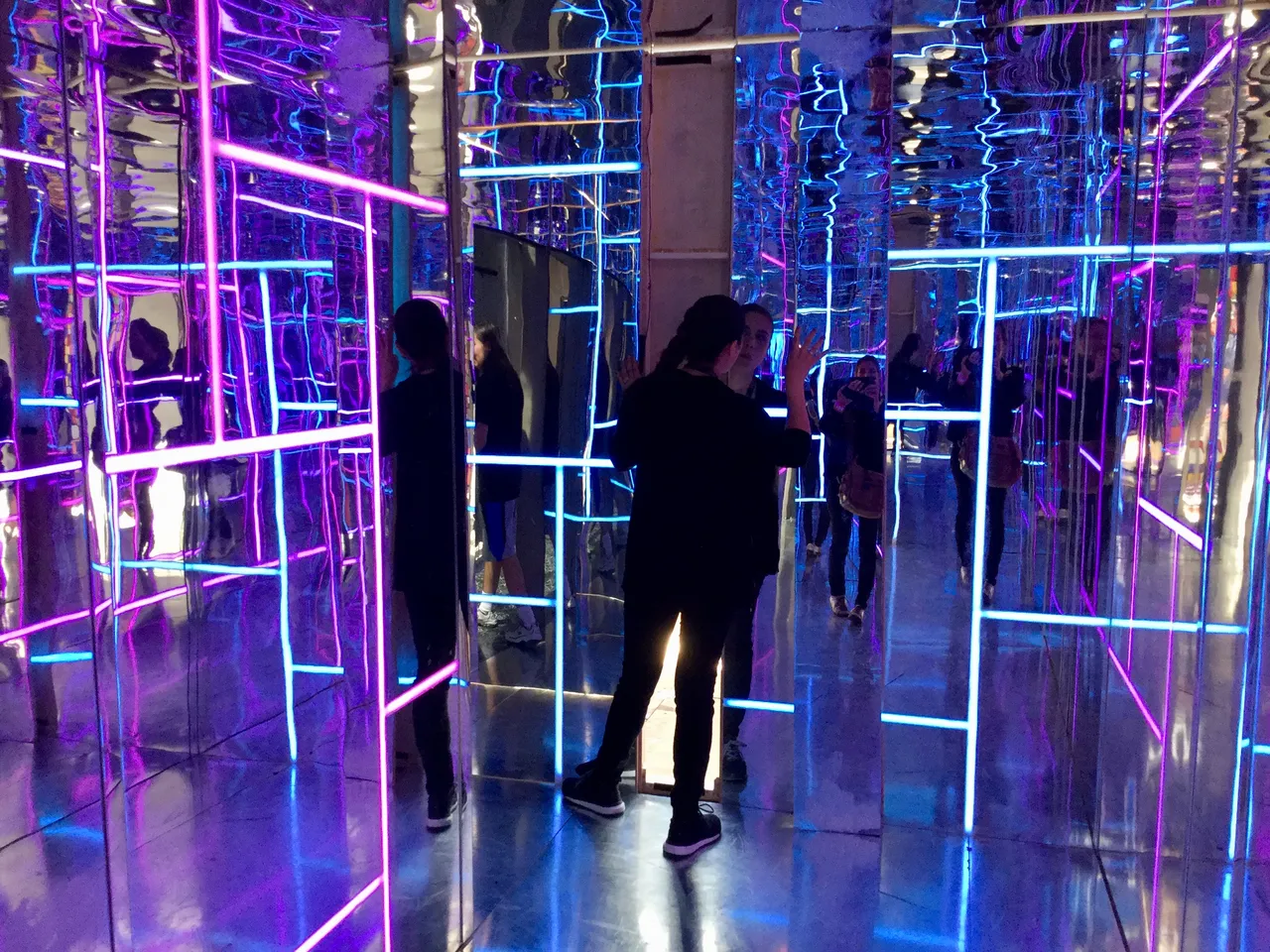
In my reflective understanding I feel eager to bring similarly exciting experiences to students, which they obviously desire.
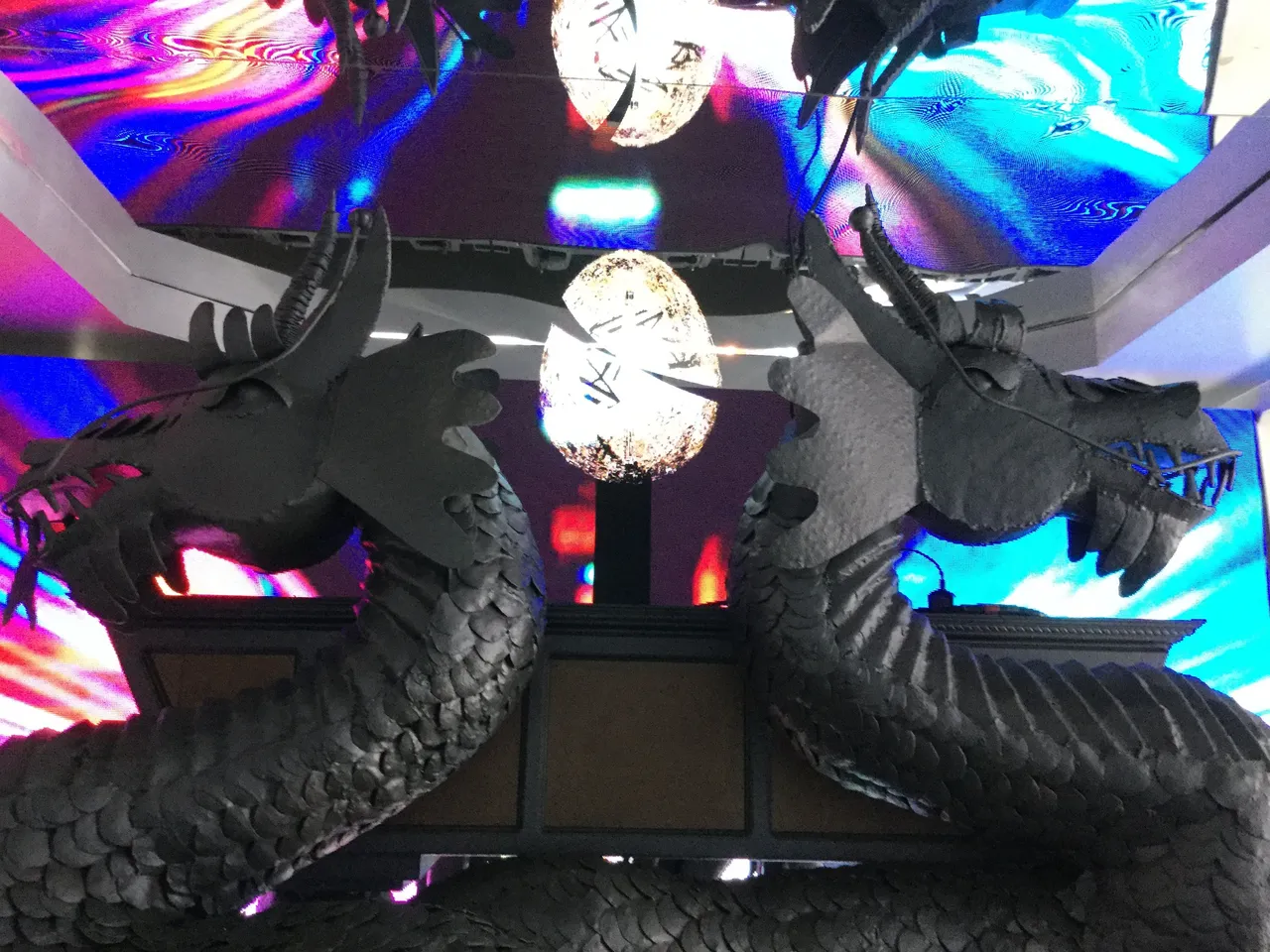
The Easter egg is that they not only want to experience the wonder of meaningful learning that we can engineer for them, but that they also want to design awe-inspiring experiences for each other, be they virtual {https://www.virtualiteach.com/single-post/2018/01/30/Ready-Learner-One-Harnessing-The-Power-of-Shared-VR-Experiences?utm_campaign=buffer&utm_content=bufferc1ef9&utm_medium=social&utm_source=twitter.com}, augmented or simply real.
